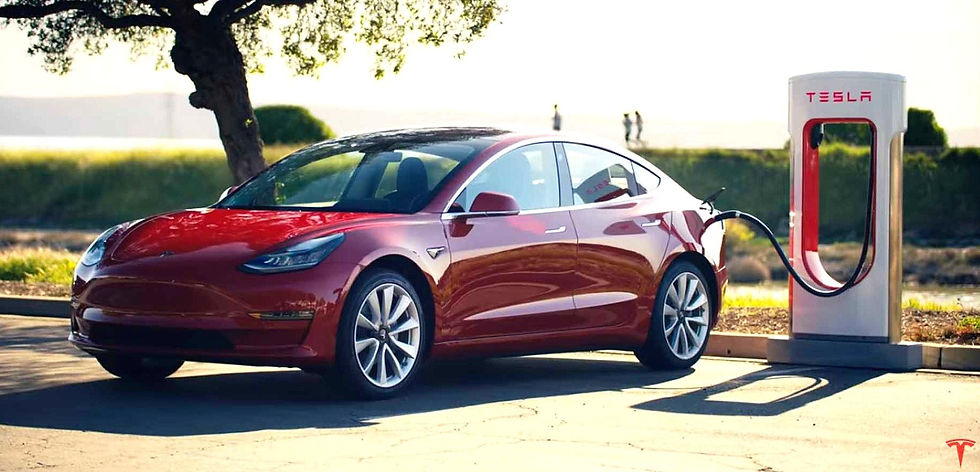Maglev Trains: Future of Transportation
- Ortak Hesap

- 18 Eki 2021
- 3 dakikada okunur
The development of modern transportation has had a profound impact on human civilization. A transcontinental railroad built in the 1860s reduced the months-long voyage across America to a week. Only a few decades later, passenger vehicles made it feasible to travel considerably quicker than on horseback over the countryside. And, of course, during the World War I era, the first commercial airplanes revolutionized our trips by reducing cross-country excursions to a matter of hours. However, train travel in the United States isn't any speedier today than it was a century ago. Perhaps "magical" floating trains are exactly the ticket for engineers seeking the next great breakthrough.

A few countries in the twenty-first century are developing high-speed trains known as maglev trains utilizing strong electromagnets. To replace the original steel wheel and track trains, these trains float over guideways utilizing fundamental magnet principles. Because there is no rail friction, these trains may travel at speeds of hundreds of miles per hour.
However, maglev trains' great speed is only one of its many advantages. The trains make considerably less noise and vibration than traditional, earth-shaking trains because they seldom (if ever) touch the track. Because there is less vibration and friction, there are fewer mechanical problems, therefore maglev trains are less likely to be delayed by weather.

The biggest difference between a maglev train and a regular train is that maglev trains don't have an engine - at least not the sort that pulls regular train carriages down steel rails. The maglev train's engine is quite unobtrusive. Instead of utilizing fossil fuels, the train is propelled by a magnetic field produced by electrified coils in the guideway walls and the track.
A maglev train track system is based on the magnetic field generated in this wire-and-battery experiment. This system is made up of three parts:
A huge source of electrical power
Metal coils lining a railway or guideway
Large guiding magnets are connected to the train's bottom part.
The strong magnets on the train's undercarriage are repelled by the magnetic coil running along the track, termed a guideway, which allows the train to hover between 0.39 and 3.93 inches (1 to 10 cm) above the guideway [source: science.howthestuffworks]. After the train has been levitated, electricity is applied to the coils within the guideway walls, resulting in a unique system of magnetic fields that pull and push the train down the guideway. To vary the polarity of the magnetic coils, the electric current provided to the coils in the guideway walls alternates continuously.
Maglev trains float on an air cushion, reducing friction. Because of the lack of friction and the trains' aerodynamic aerodynamics, they can travel at speeds of more than 310 mph (500 kph), which is twice as fast as Amtrak's fastest commuter train [source: Boslaugh]. A Boeing-777 commercial airliner used for long-distance trips, on the other hand, can achieve a peak speed of around 562 mph (905 kph). Maglev trains, according to developers, will someday connect towns that are up to 1,000 miles (1,609 kilometers) away. Traveling from Paris to Rome at 310 mph would take just over two hours.
The major benefit of suspended Maglev systems is that they can operate at any speed, unlike electrodynamic systems, which can only operate at a low speed of around 30 km/h. This eliminates the need for a separate low-speed suspension system and simplifies the track layout. However, the system's dynamic instability places a significant demand on track tolerance management, which would effectively negate or remove this benefit. The distance between the magnets and the rail would have to be extended to the point where the magnets would be largely unreasonable in order to produce a track with the requisite tolerances.

The single type of motor utilized in Maglev train traction is the linear motor, which is split into two types: long stator linear synchronous motor and short stator linear induced motor [6]. The stator (also known as the armature) is spread out over the entire line and the rotor (also known as the excitation pole) is installed on board when the long stator synchronous motor is used. The stator (primary) is installed on the board, and the rotor (secondary) is mounted on the rail when the short stator linear induced motor is used. The energy exchange is directly accomplished on the rail without contact between the vehicle and the rail at high speed for the long stator linear synchronous motor Maglev train. As a result, the linear synchronous motor with a long stator is better suited to a high-speed Maglev train.
Resources
Maglev Trains: Key Underlying Technologies
https://science.howstuffworks.com/transport/engines-equipment/maglev-train.htm


Yorumlar